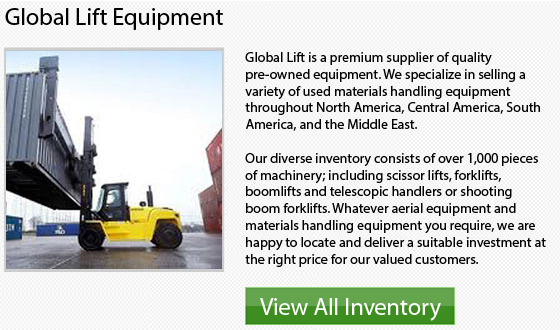
On the market nowadays are forklifts that are categorized in 7 various classes. Classes 1-4 consist of forklifts which are designed specially to utilize on smooth indoor surfaces. They can be chosen for particular aspects of recycling that happen in those kinds of settings. For more rigorous outdoor recycling operations, Class V and VII forklifts are typically used.
Lots of companies have several or all of their operations outside and have to deal with workloads considered extreme. Their lift truck selection will gravitate toward Internal Combustion or IC equipment in Class VII and Class V. These models work well in any kind of climate and have enough power to run heavy things during the course of a shift.
Using a forklift safely is a different vital factor to take into consideration. Knowing and acknowledging the center of gravity is really essential when driving a lift truck, especially when traveling on uneven terrain. Knowing the stability triangle in these difficult work situations is very important also.
Warehouses, manufacturing operations, and the supply area for numerous textile firms can have different kinds of reach trucks. Using a reach truck to store finished merchandise on pallets, a variety of supplies and other pieces of machines is common. These machinery help to keep a facility organized and allow them to utilize the maximum amount of area by stacking vertically. Reach trucks are quite easy to utilize. They can help make better use of both time and available storage area.
If you are going to be utilizing your forklift equipment 4 to 8 hours a day, it is extremely better to purchase new. The warranty alone can come in handy with such continuous utilization. If, on the other hand, you are just loading and unloading on a bi-weekly basis or not very often, then a second-hand model can be suitable for your requirements. Each situation is different and you will have to assess your personal needs prior to choosing the ideal equipment.